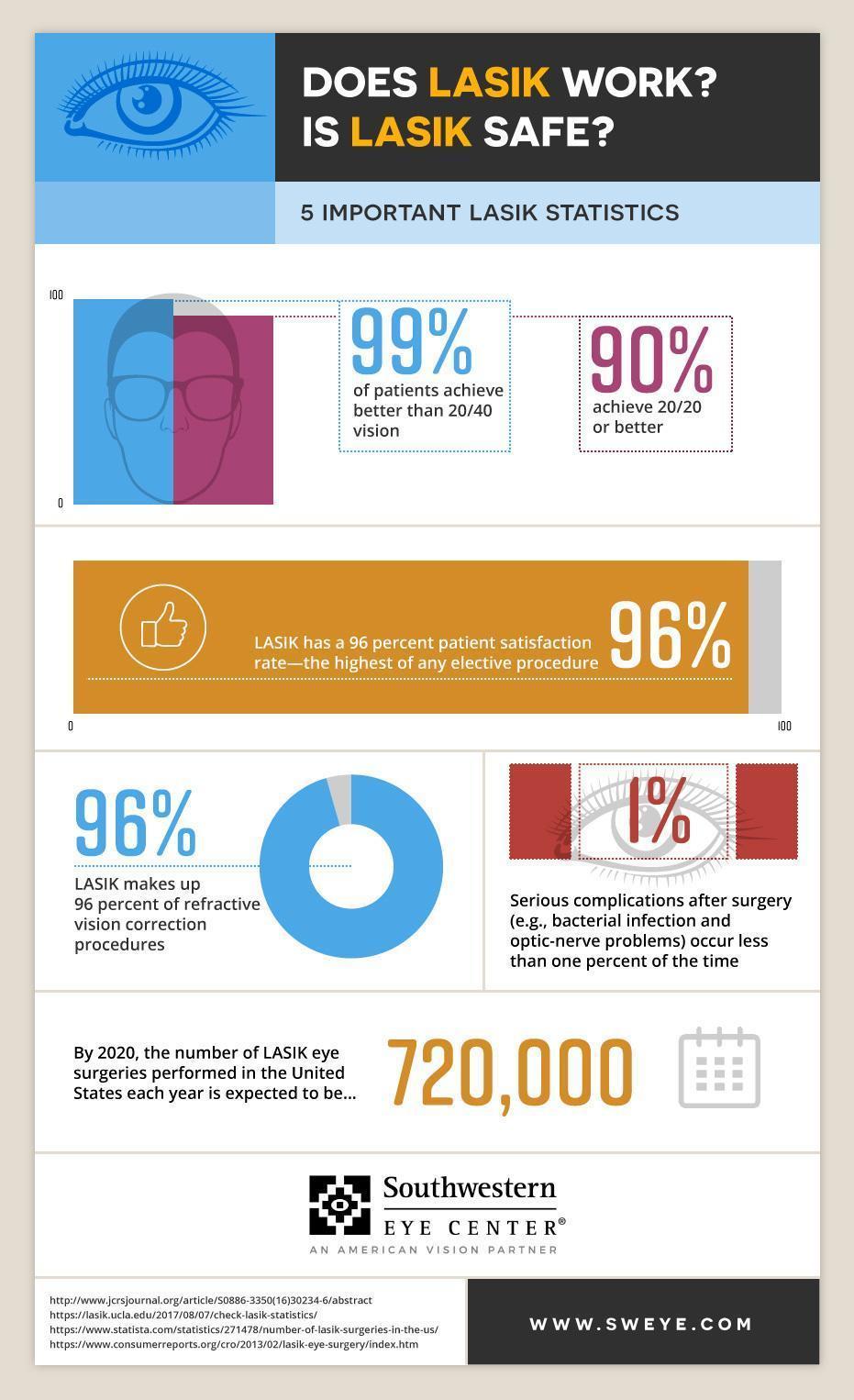Discovering Traditional Vs. Ingenious Glaucoma Therapy Techniques
Discovering Traditional Vs. Ingenious Glaucoma Therapy Techniques
Blog Article
Content Create By-Buck Petersson
Did you know that the evolution of glaucoma treatment methods spans centuries, encompassing both typical solutions and sophisticated technologies? From ancient natural mixtures to sophisticated Minimally Invasive Glaucoma Surgery strategies, the range of alternatives is vast. As you explore the ins and outs of typical versus innovative approaches, you might uncover shocking understandings that challenge standard point of views on treating this widespread eye condition.
Historic Evolution of Glaucoma Treatments
The historic advancement of glaucoma treatments dates back to old worlds where numerous remedies were made use of to take care of the problem. In old Egypt, as an example, treatments involved a mix of honey, fat, and sour milk applied to the eyes. Top Lv Doctor and Romans also contributed to very early glaucoma therapies with a focus on topical applications and nutritional interventions. Throughout background, varied societies established distinct methods to reduce the signs of glaucoma, typically rooted in organic treatments and superstitious notions.
As time proceeded, developments in medical expertise led to more organized techniques to treating glaucoma. In The Center Ages, Arabic scholars made substantial contributions by researching the composition of the eye and developing surgical strategies to deal with eye problems. These early advancements laid the structure for modern-day glaucoma therapies that we have actually today. Comprehending the historic context of glaucoma therapies offers important insights into the continuous progress and refinement of clinical techniques over the centuries.
Comparison of Traditional Approaches
In comparing conventional methods for dealing with glaucoma, think about the historical contexts and effectiveness of different treatments.
Typical therapies for glaucoma have actually progressed over centuries, from old methods like utilizing honey and red wine to a lot more current developments such as eye declines and surgical procedures. Historically, treatments like the application of leeches or herbal concoctions were used to minimize symptoms, however their effectiveness was limited.
As time progressed, techniques like iridectomy, where a part of the iris is gotten rid of, became prominent for lowering intraocular pressure. Some typical techniques, like making use of dental medicines to minimize eye pressure, have actually stood the test of time and are still utilized today. Nonetheless, these therapies commonly come with adverse effects and may not be as effective as modern alternatives.
It's important to evaluate the historic value of traditional glaucoma treatments against their effectiveness in the context of current clinical improvements.
Examination of Innovative Treatment Approaches
Considering the evolving landscape of glaucoma treatment, cutting-edge techniques are revolutionizing the method this eye condition is taken care of.
One significant innovation is minimally invasive glaucoma surgery (MIGS), which provides a much less intrusive choice to conventional surgical procedures. MIGS aims to lower intraocular pressure by boosting the eye's all-natural drainage system, causing less complications and faster healing times contrasted to conventional surgical treatments.
In addition, the growth of sustained-release drug distribution systems has given a more reliable way to administer glaucoma drug. These systems can release drug progressively over a prolonged period, improving individual adherence and lowering the frequency of eye decreases.
Furthermore, emerging visit the following web site like careful laser trabeculoplasty (SLT) use a non-invasive option for decreasing intraocular stress by targeting certain cells in the eye's drain system.
Conclusion
As you reflect on the advancement of glaucoma therapies, you can see exactly how standard techniques have led the way for innovative methods to emerge.
From old solutions to modern-day improvements, the journey of treating this complex eye condition has actually resembled a rollercoaster trip.
Yet with new strategies like MIGS and sustained-release drug delivery, the future appearances brighter than ever before for individuals looking for efficient and less invasive solutions.
